Corsair Neutron GTX SSD Review (240GB): Link A Media Controller Tested
by Anand Lal Shimpi on August 20, 2012 6:00 AM EST- Posted in
- Storage
- SSDs
- Corsair
- Neutron
- Link a Media
The Neutron GTX
Corsair sent me a 240GB Neutron GTX. The non-GTX version uses ONFi NAND (Intel/Micron) while the GTX version uses Toggle NAND (Samsung/Toshiba). The controller supports capacities up to 1TB, however initial drives will be limited to 120, 240 and 480GB models when they're released later this month.
The Neutron GTX comes in a 7mm thick chassis with no outward facing screws. The PCB enclosure just snaps together.
Inside there's a smaller than normal PCB, held in place by three screws. There's a single 128MB DDR2-800 package on the back side of the PCB. Flipping it over reveals eight quad-die NAND packages, a second 128MB DDR2-800 DRAM device and the Link A Media LM87800 controller itself.
The Neutron
Brandishing a blue logo is the regular Neutron SSD, equipped with ONFi NAND:
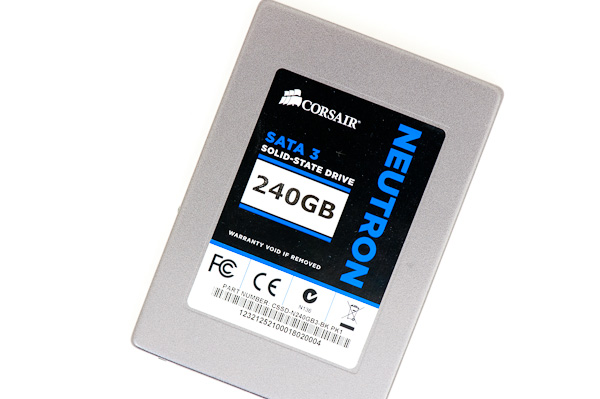
Corsair sent along a 240GB drive, which uses 16 x 16GB Micron NAND packages and features the same 256MB of DDR2-800 as the GTX version. Spare area is identical to the GTX at 12.7% of total on-board NAND, the chassis and PCB layouts are the same as well. I tested the same 2.06 firmware on the regular Neutron as on the Neutron GTX. The only change here is the type of NAND used, everything else seems the same between these drives.
Pricing
Corsair sent us along pricing for the Neutron and Neutron GTX:
| Corsair Neutron/Neutron GTX Pricing | ||||
| 120GB | 240GB | |||
| Corsair Neutron | $119.99 | $209.99 | ||
| Corsair Neutron GTX | $139.99 | $249.99 | ||
Street pricing of SSDs can be highly volatile, but there's nothing too outrageous about these prices. The standard Neutron is priced where I'd like to see the GTX however.


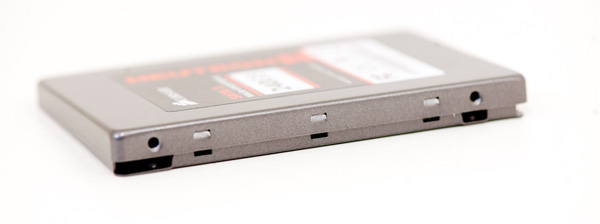
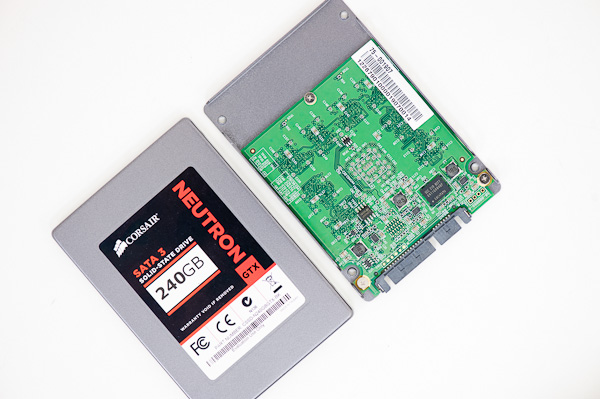

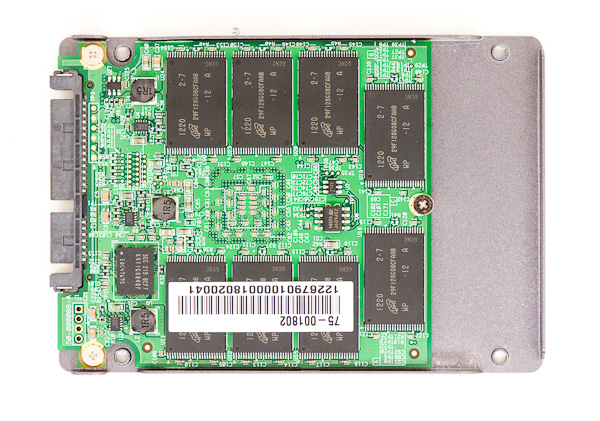
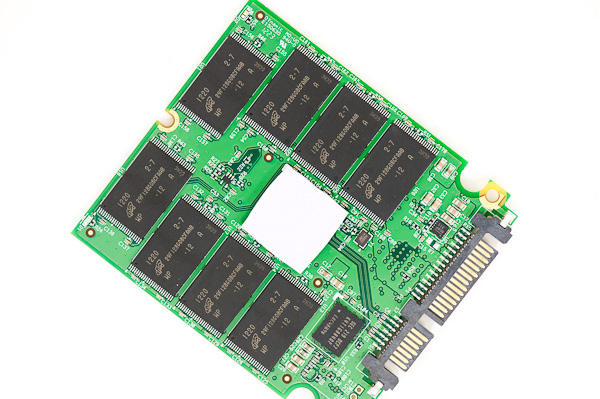








36 Comments
View All Comments
name99 - Tuesday, August 21, 2012 - link
"Load power consumption is much more competitive. It's not what I would consider low, but it's not unreasonably high either."Well I guess we all have different opinions...
IMHO the only number that matters is whether the maximum power draw (usually sequential writes) is below 2.5W. Below 2.5W and you know you can use it safely in a USB2 enclosure. Above that and it will appear to work but fail at random times.
You might think you only want to use this drive INSIDE a laptop. OK, if you are SURE of that. My experience is that drives move with time from one location to another, and it sucks if I have to throw them away when they're still good.
You might think you will only want to use this drive in a USB 3 enclosure (and now you have 4.5W to play with). OK.... but again life's going to suck if for some reason you want to use that drive on a USB2 machine.
IMHO SSD architects are behaving like Pentium4 architects, doing what they like while ignoring power issues. This is a path that does not end well. We'll already at the point where nobody gives a fsck about the difference between a streaming rate of 300MB/s and 330 MB/s --- but people DO care about battery life, and they do care about devices that are gratuitously heating up their rooms and warming their palms.
At some point point, these architects need to grow up and follow Intel down the path of speed at reasonable power, not speed at any power whatsoever.
KAlmquist - Monday, August 27, 2012 - link
Yes, it is disappointed to see SSD designs get worse over time in terms of power consumption. The Samsung 830 does a good job of holding down power usage when idle, but can draw more than the 4.5W limit of USB 3.0 when busy.dishayu - Wednesday, August 22, 2012 - link
Can we have the Plextor M5 Pro review please? I can't make up my mind if i should just pick up a Samsung 830 or wait for M5 Pro.Mr Perfect - Wednesday, August 22, 2012 - link
I know this sounds archaic, but could you throw a mechanical laptop drive into the power charts? At this point in time I honestly have no idea if these SSDs even have a power advantage over a modern spinner. It's hard to tell if a "bad" SSD is still better then a good mechanical, battery wise.Visual - Monday, August 27, 2012 - link
Unfortunately I do not have any media that I can link. ;)killabee_me - Wednesday, September 19, 2012 - link
Hi Anand,The test results didn't make it into Anandtech SSD Bench for some reason.
Could you make sure they get there?
Thanks.